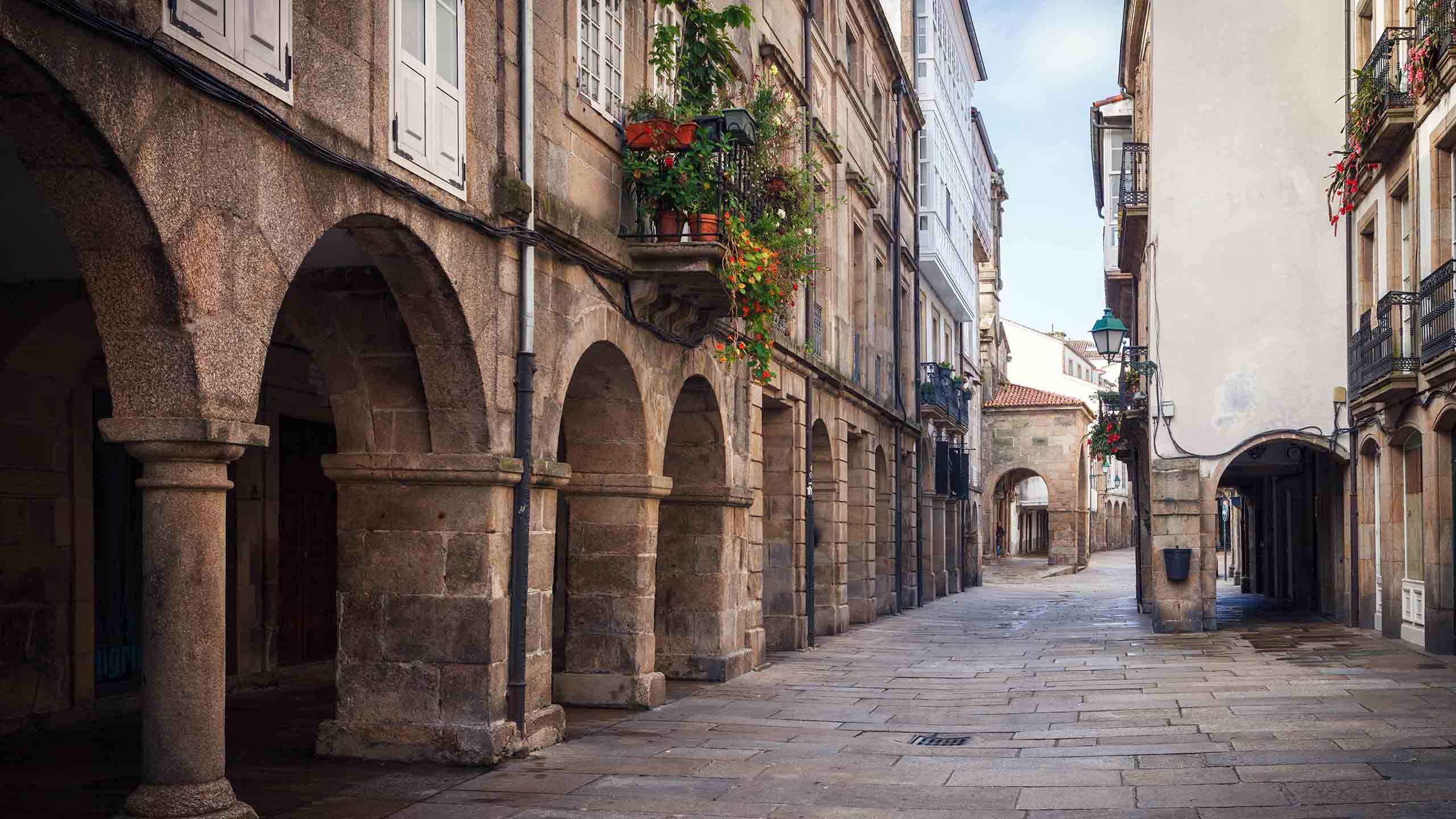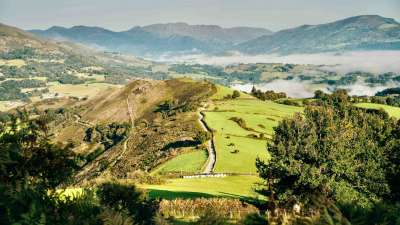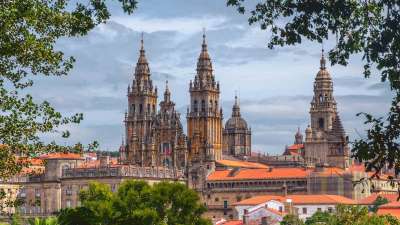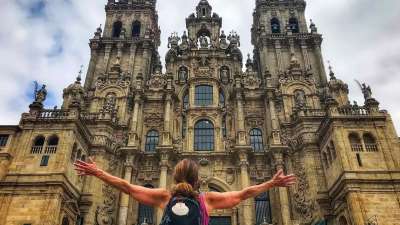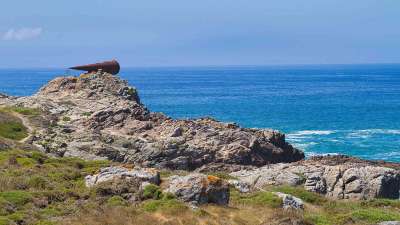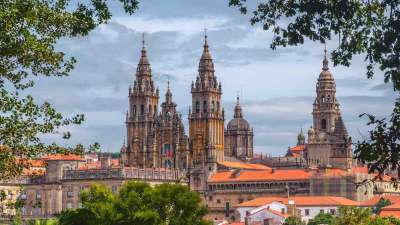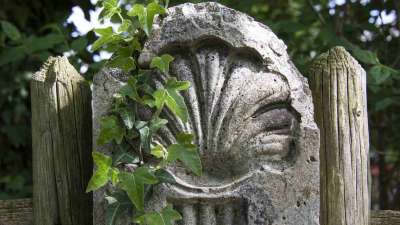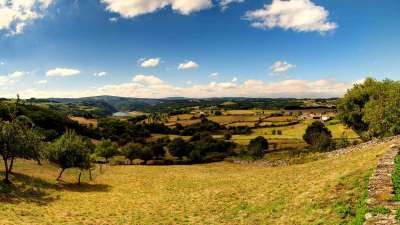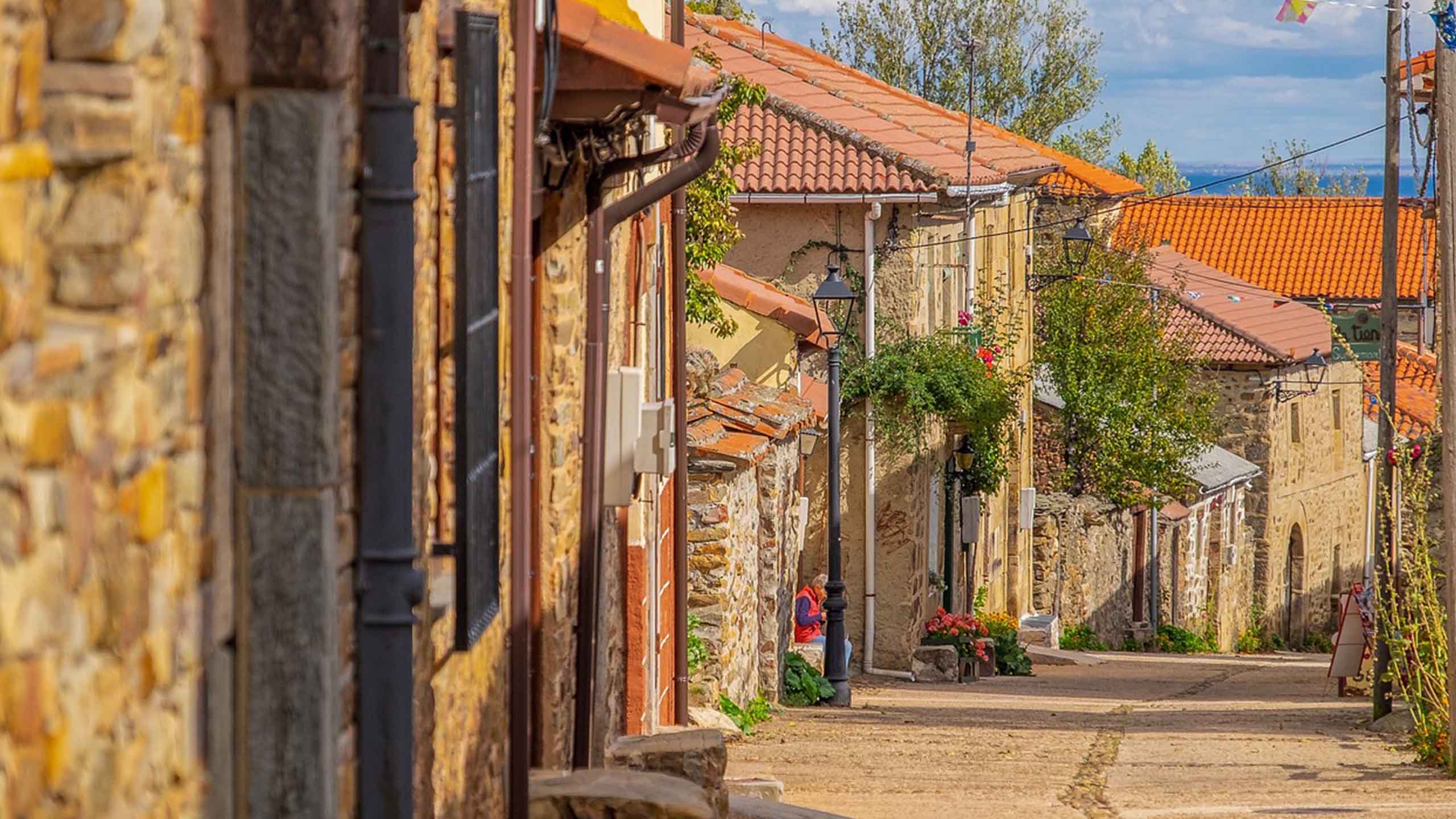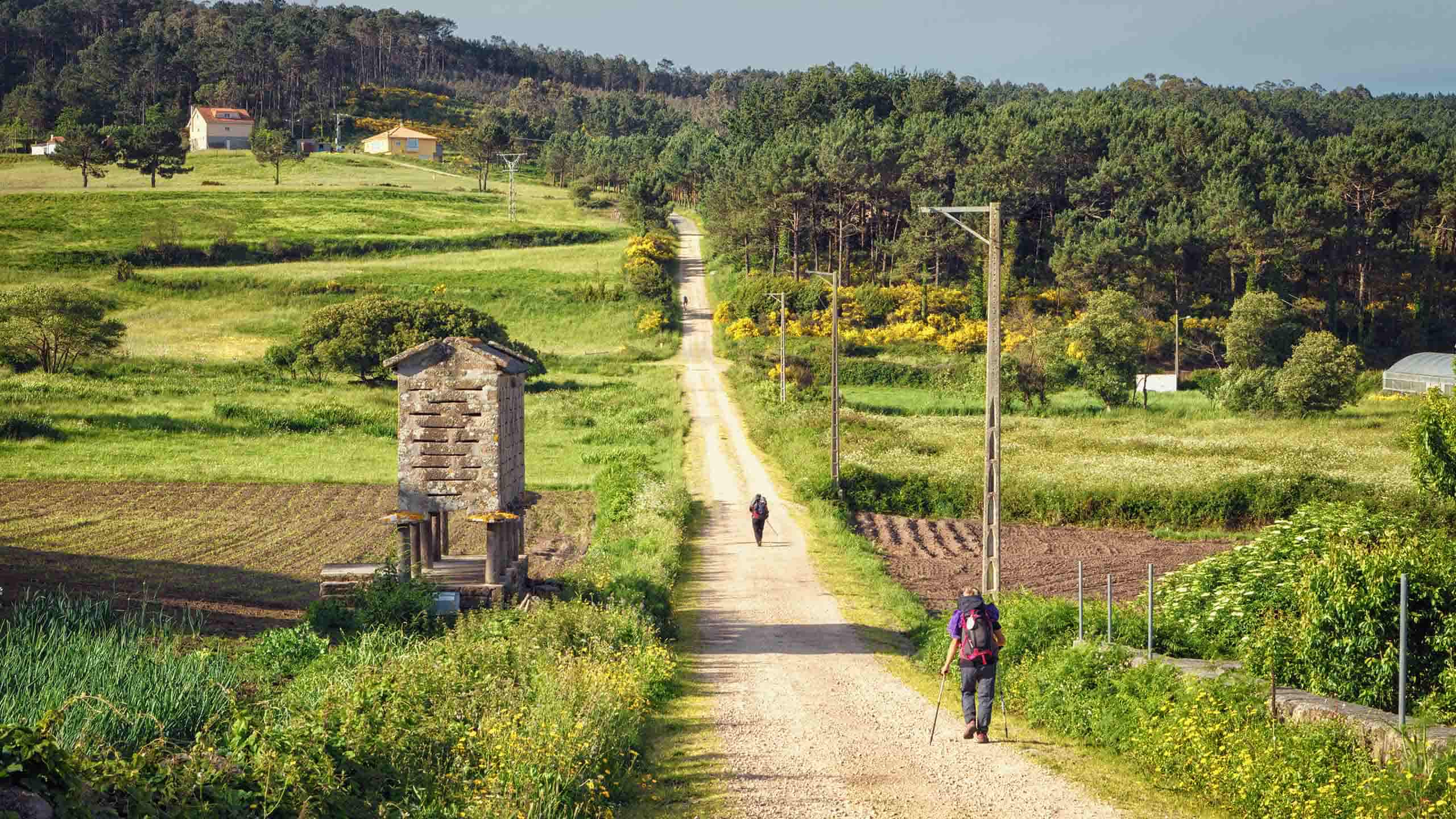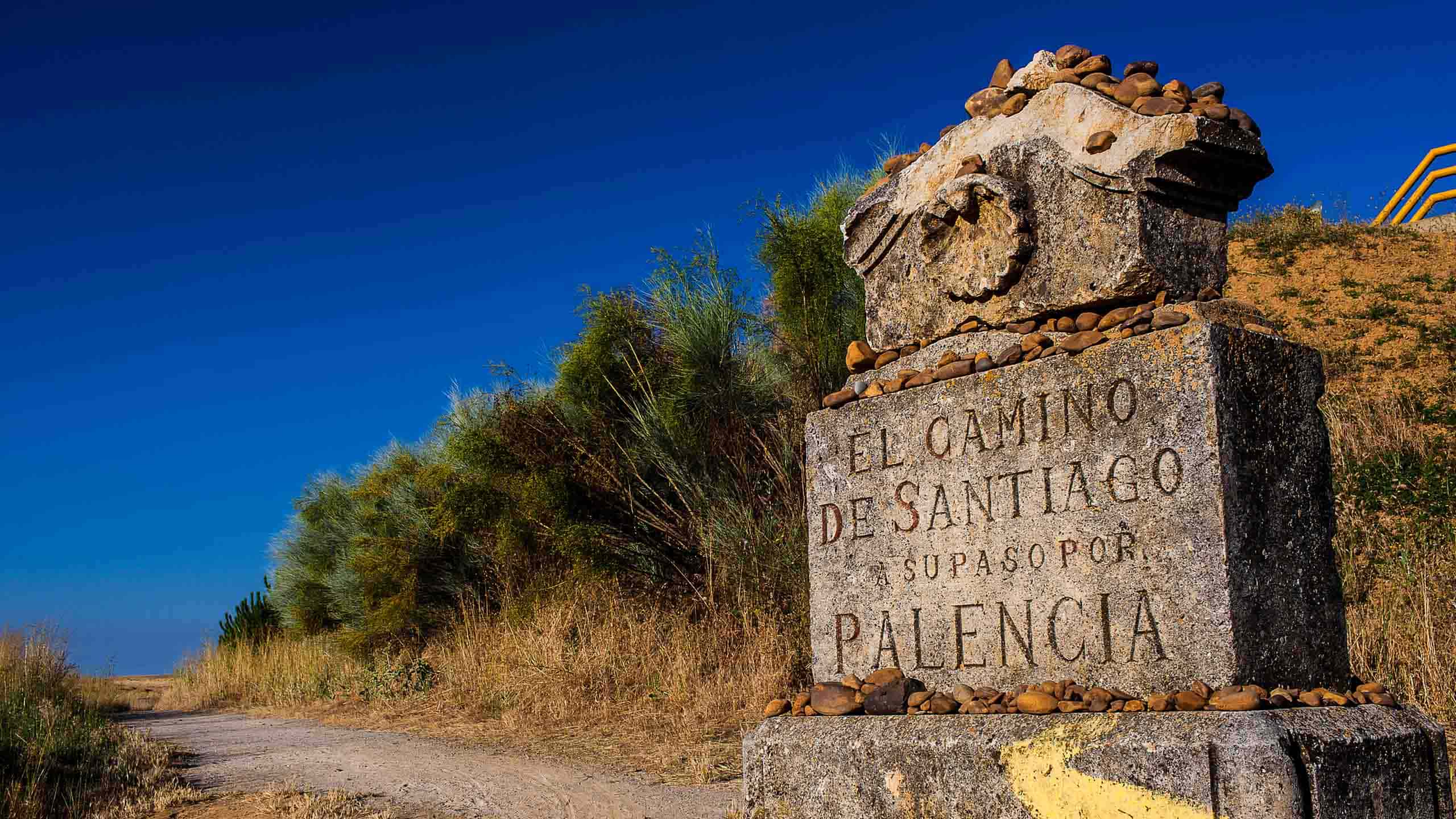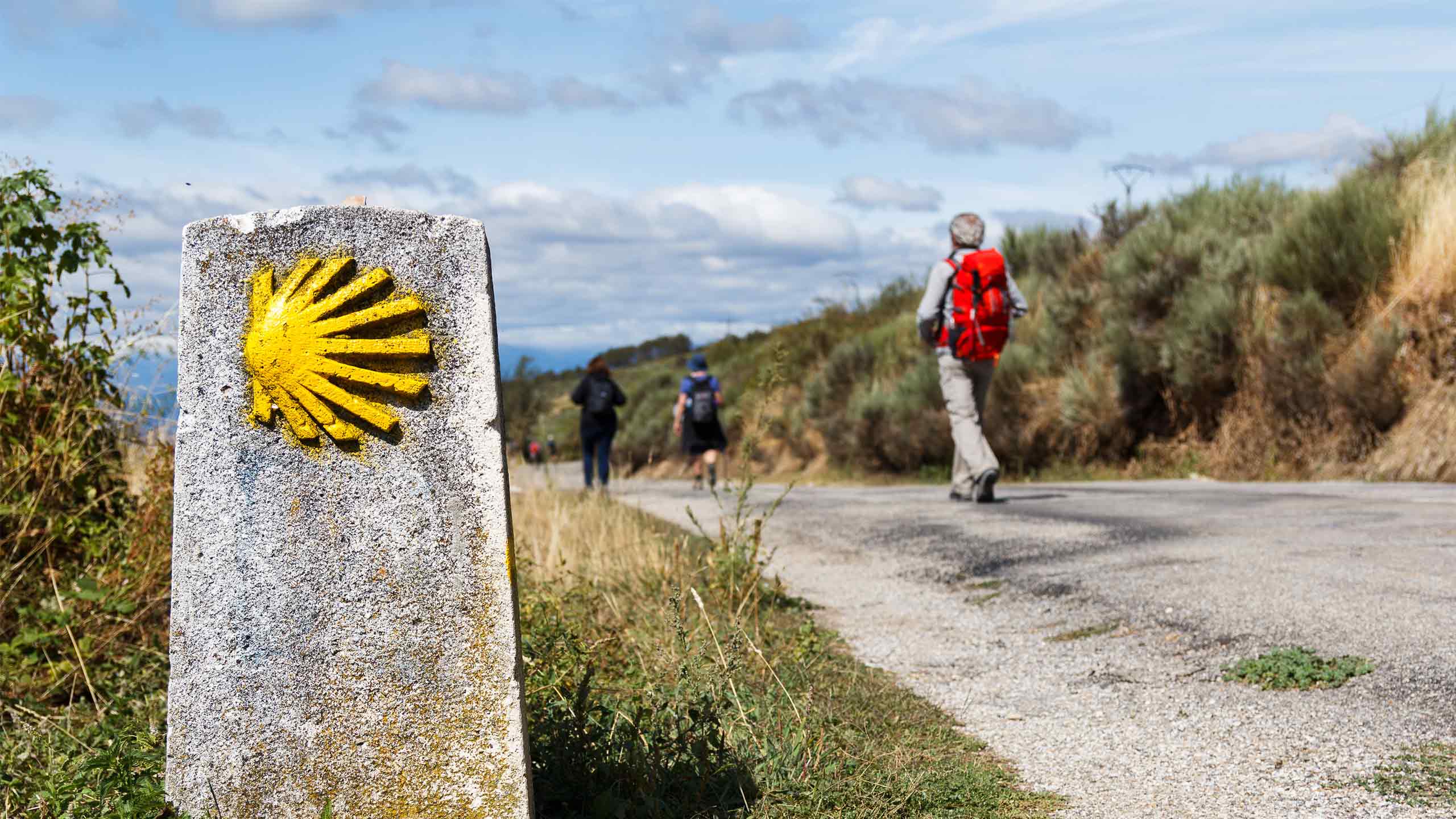Also known as the Way of St. James, the Camino de Santiago has earned its place as one of the most famous pilgrimage journeys in the world. Coursing its way through revered paths to the shrine of the Apostle St. James the Great in rural Galicia, Spain, this ancient path has often been travelled by pilgrims, adventurers, and those keen on its history. In this article, we’ll take a deep dive into the Camino’s history, location, interesting facts, and adventures awaiting on this revered path.
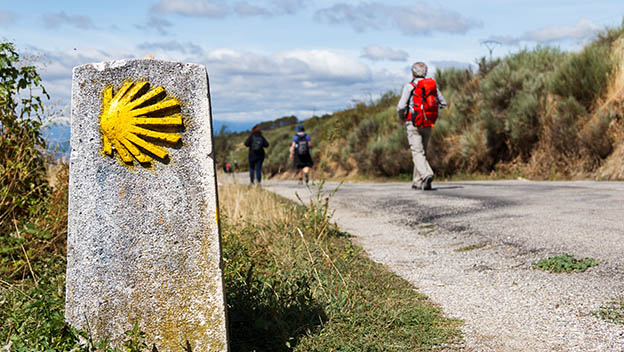
Photo credit: Gregorioa
Legends and Lore of the Camino de Santiago
The origins of the Camino de Santiago can be traced to the 9th century when the remains of St. James was discovered.
Early Origins
As legend recounts, St. James had preached in the Iberian Peninsula before returning to Jerusalem, where he was martyred. Following this, his remains were believed to have been transported by his disciples to be laid to rest in Galicia, Spain. Around 813 AD, a hermit named Pelayo discovered the tomb, guided by mysterious, twinkling lights in the sky. This celestial event led to the site being called 'Campus Stellae' or 'Field of Stars,' and from this, the name Compostela was derived. The news of this discovery reached King Alfonso II of Asturias, who ordered a chapel to be built on the site. This act marked the beginning of Santiago de Compostela as a major destination for pilgrims.
The Rise of the Pilgrimage
By the 10th century, Santiago de Compostela had become one of the most significant pilgrimage destinations in the world, rivalling even Jerusalem and Rome, both major centres of Christian faith and pilgrimage. Pilgrims from all over Europe toiled along the Camino with a deep desire to attain spiritual renewal, healing, and penance for wrongdoing. But the journey wasn’t just one for the soul; it was also a powerful symbol of unity among Christians, a rallying cry against the Moors who ruled much of the Iberian Peninsula at the time.
During the Middle Ages, the Camino de Santiago became a cultural phenomenon cultivated across the Christian world. The routes pulsed with life, supported by a network of monasteries, churches, hospitals, and hospices, all there to offer succour and respite to the weary and determined travellers. The Knights Templar, among other religious orders available at the time, served as guardians of these sacred paths, ensuring that pilgrims had safe passage on their way to the holy city. The Camino wasn’t just a walk—it was a movement, a shared journey that united people in faith, adventure, and discovery.
Location and Routes
Although the Camino de Santiago is considered a single path, it blends different routes that weave across Europe, culminating in the tomb of St. James in Santiago de Compostela. The most renowned of these routes is the Camino Francés, or French Way, which begins in the quaint town of Saint-Jean-Pied-de-Port in France and extends nearly 800 kilometres across the rugged spine of northern Spain. Explore our range of Camino de Santiago Walking Routes or you might like to read our post: The Mystical Camino Routes
Other popular routes include the Camino Portugués, starting in Lisbon or Porto and coursing its way northward, combining the regions of Portugal and Spain with every step. The Camino del Norte is another exciting route of the Camino, a coastal lover’s dream which traces the wild and breezy edges of the Bay of Biscay amidst the constant glare of the sea. Each of these routes is its adventure, an exciting blend of trials and triumphs waiting for pilgrims of every stripe to leave their mark and find what they seek.
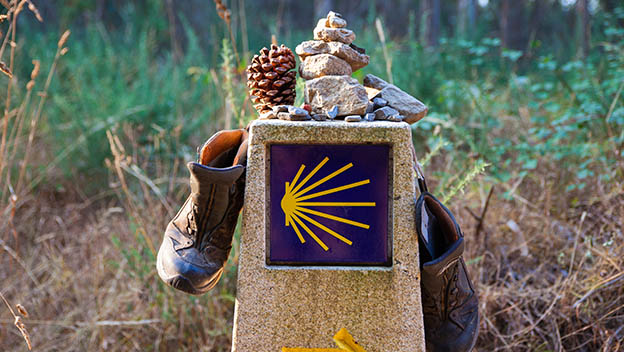
Photo credit: Bepsimage
Interesting Facts
- The Scallop Shell Symbol: The scallop shell is the emblem of the Camino de Santiago, an emblem both ancient and iconic that trails behind pilgrims on their journey. Once, it was a badge of honour, proof that one had reached the Galician shores. Today, it’s a universal marker of all paths converging toward Santiago, with its ridges echoing the many ways that lead to a single destination.
- Pilgrim’s Passport (Credencial): Modern-day pilgrims carry a "credencial," a passport-like document that they get stamped at various stops along the route. This serves as proof of their journey, and they are required to receive the "Compostela," a certificate of completion awarded in Santiago. Elevate your journey to new heights and achieve the prestigious title of ‘Dual Pilgrim’ by embarking on the world’s only two UNESCO-listed pilgrimage routes: the storied Camino de Santiago and the sacred Kumano Kodo. Traverse these ancient paths and earn the honor of walking where history and spirituality intertwine, embracing an extraordinary adventure that few have ever known. Read more: How To Become A Dual Pilgrim Camino + Kumano Kodo.
- A UNESCO World Heritage Site: Since 1993, the Camino de Santiago has been a UNESCO treasure, recognised for its rich cultural and historical tapestry. The Camino Francés and its Northern siblings are celebrated for their role in weaving together diverse ideas and cultures during mediaeval times.
- Spiritual and Non-Religious Pilgrims: The Camino isn’t just for the devout. While it has deep spiritual roots, many today walk its length for personal growth, adventure, or a break from the everyday grind. It’s a journey that touches both the soul and the senses regardless of the reason
